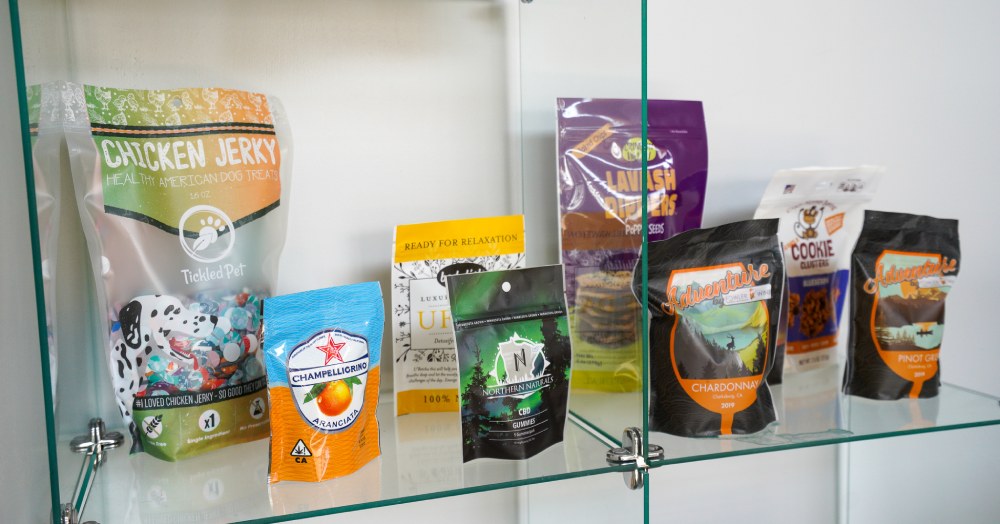How Do You Fill Stand-Up Pouches?
25 January 2023
Once you get past the material selection, design process, and manufacturing aspect, how do you fill stand-up pouches?
As a packaging company that assists clients with multiple steps in creating the perfect package print for their brand, we always get this question.
There are a few different ways that someone can fill a pouch, and it varies from company to company and product to product.
Customer Filling Options
Our customers have various ways that they choose to fill their stand-up pouches. It's either done manually, with automated tools, or a combination of the two.
Different methods suit different product types and company sizes. For example, a large corporation that sells cereal isn't going to rely solely on manual labor because the orders are large, and they're looking to be efficient and ship products promptly.
A startup company selling dog treats may choose to fill stand-up pouches themselves and use a manual sealer because it's not worth purchasing the machinery to have it done automatically.
Each process has pros and cons, but ultimately, it depends on what works best for your company and your budget.
Fill Stand-Up Pouches Manually
Sometimes customers buy their own equipment to weigh and fill their pouches. Smaller companies or companies on a tight budget won't want to spend the hundreds to thousands of dollars necessary to purchase a large machine to automate the process of filling from start to finish.
Often, these types of businesses choose to fill the pouches by hand with the desired weight or quantity. If you go this route, usually you'll need a scale or a counting device (depending on the product), a method to open the pouch, such as a chute or a funnel, and then a way to seal it. You can purchase an inexpensive machine from Amazon to get the job done. This way, they can manually run it through the sealer with less hassle.
Fill Stand-Up Pouches by Outsourcing
Larger companies will probably use an outside resource such as a contract manufacturer or packager. This partner will have automated equipment that opens the pouch and fills it with the correct quantity or weight and automatically seals and even possibly puts it in a box for them. In these cases, sometimes, there's a minimum level of human interference involved in the filling process. And usually, it's relegated to data input.
For example, the person working will need to set the machine properly to understand the correct values to fill each bag relative to the shape, size, color, and other details of the stand-up pouches. These variables may be less than five total to well over 15 or 26 components.
Many automated machines use a robotic arm to grab the stand-up pouch from a large container and place it onto a conveyor belt. Once there, the component can open the pouch, making it ready to get filled.
After the pouch has traveled along the belt, the pouch will be beneath some sort of funnel that dispenses the liquid or solid inside. After it gets filled, the pouch goes to a dealing machine that heat seals it so that it can get packaged and sent to a store. No human interaction is necessary for these steps. However, workers are also on standby to do period checks, ensuring that the machines perform as intended.
Choose The Packaging Lab to Help You Figure Out the Best Way to Fill Stand-Up Pouches
When deciding between manual or automatic filling, the amount of time it takes dictates the appropriate method. Short runs are done manually, and a contract packager completes longer runs for the most part.
If you need help deciding which way is best, we'd be happy to offer our expertise based on your package design and our experience of what generally meets our client's needs most effectively. To develop your brand and learn how to fill stand-up pouches, contact us today for more information.
